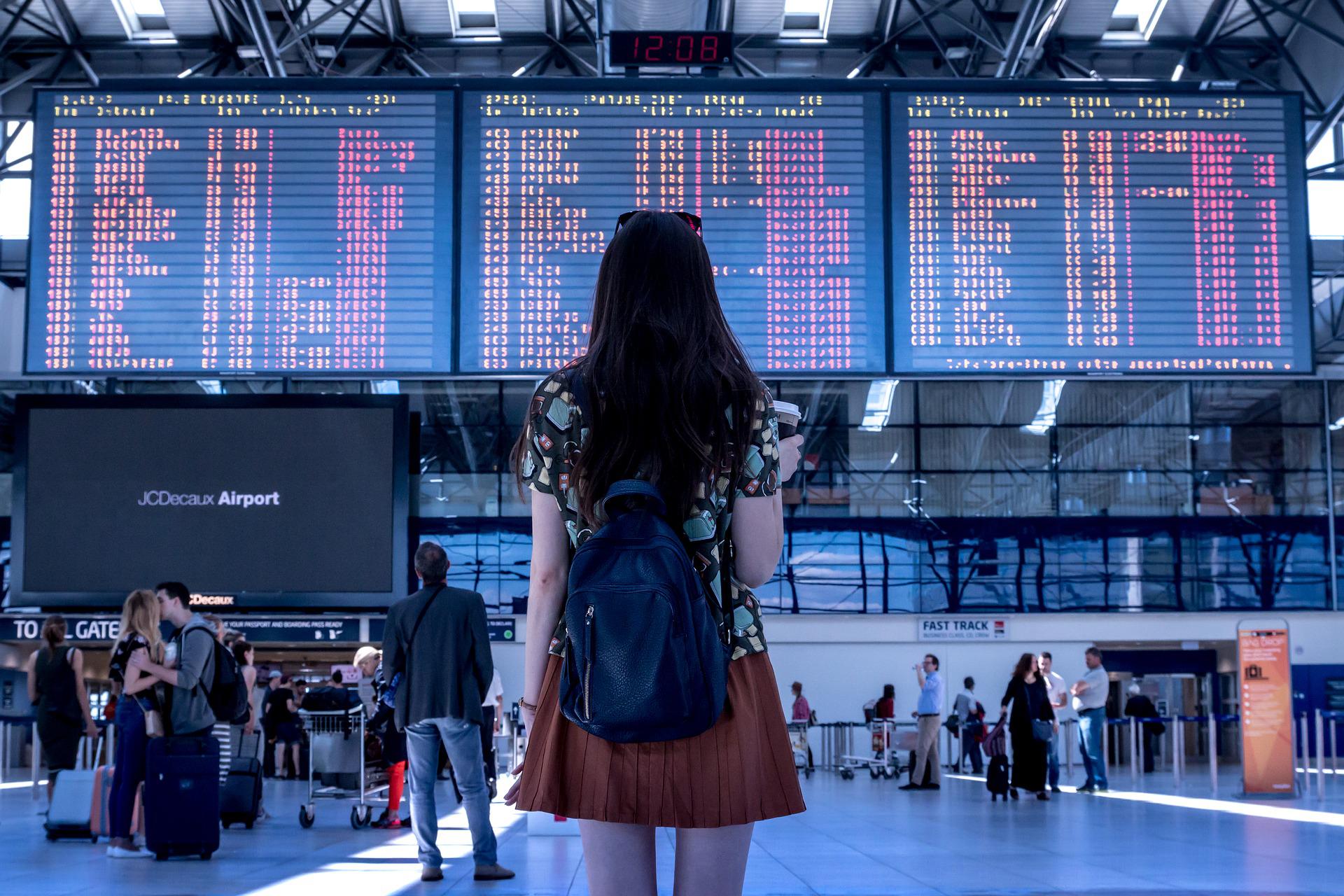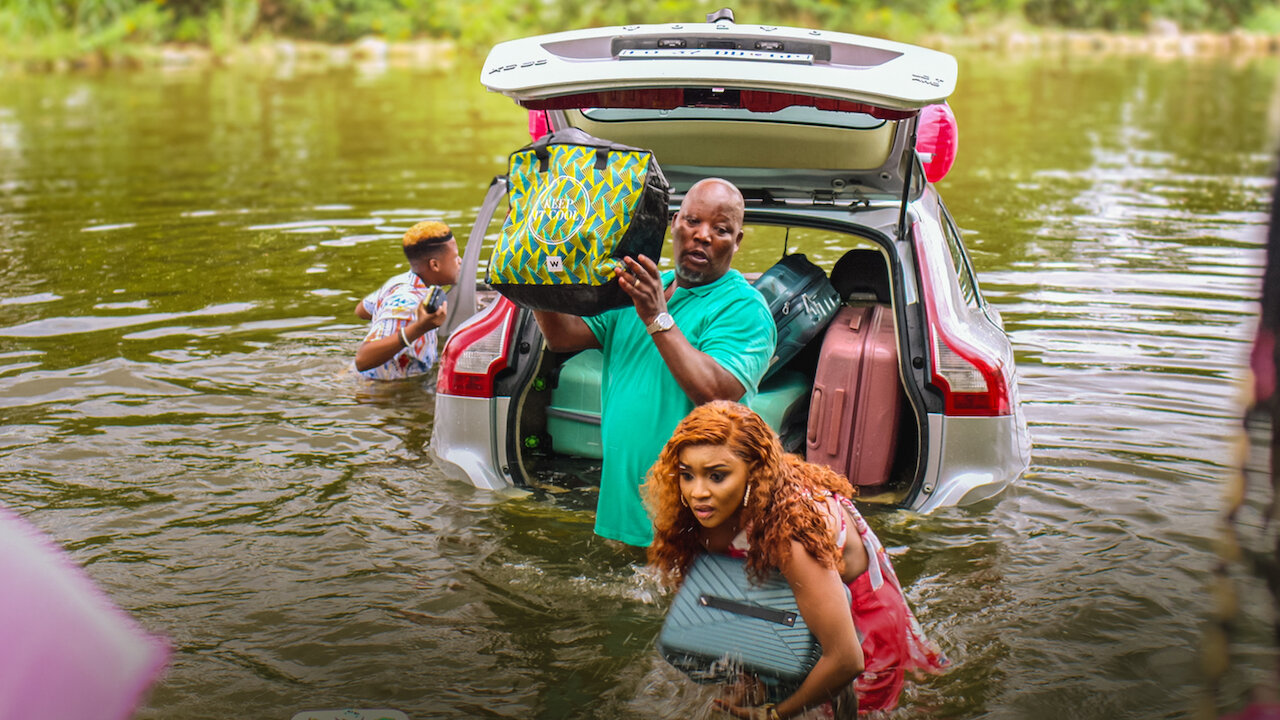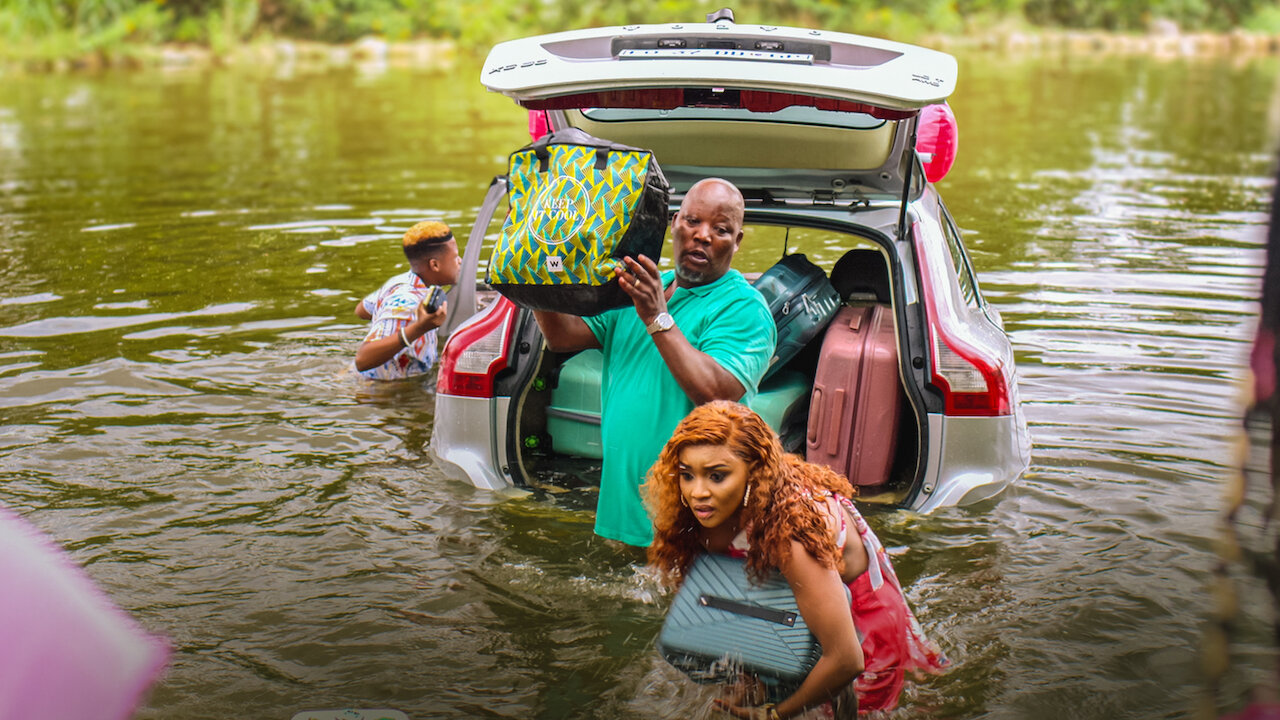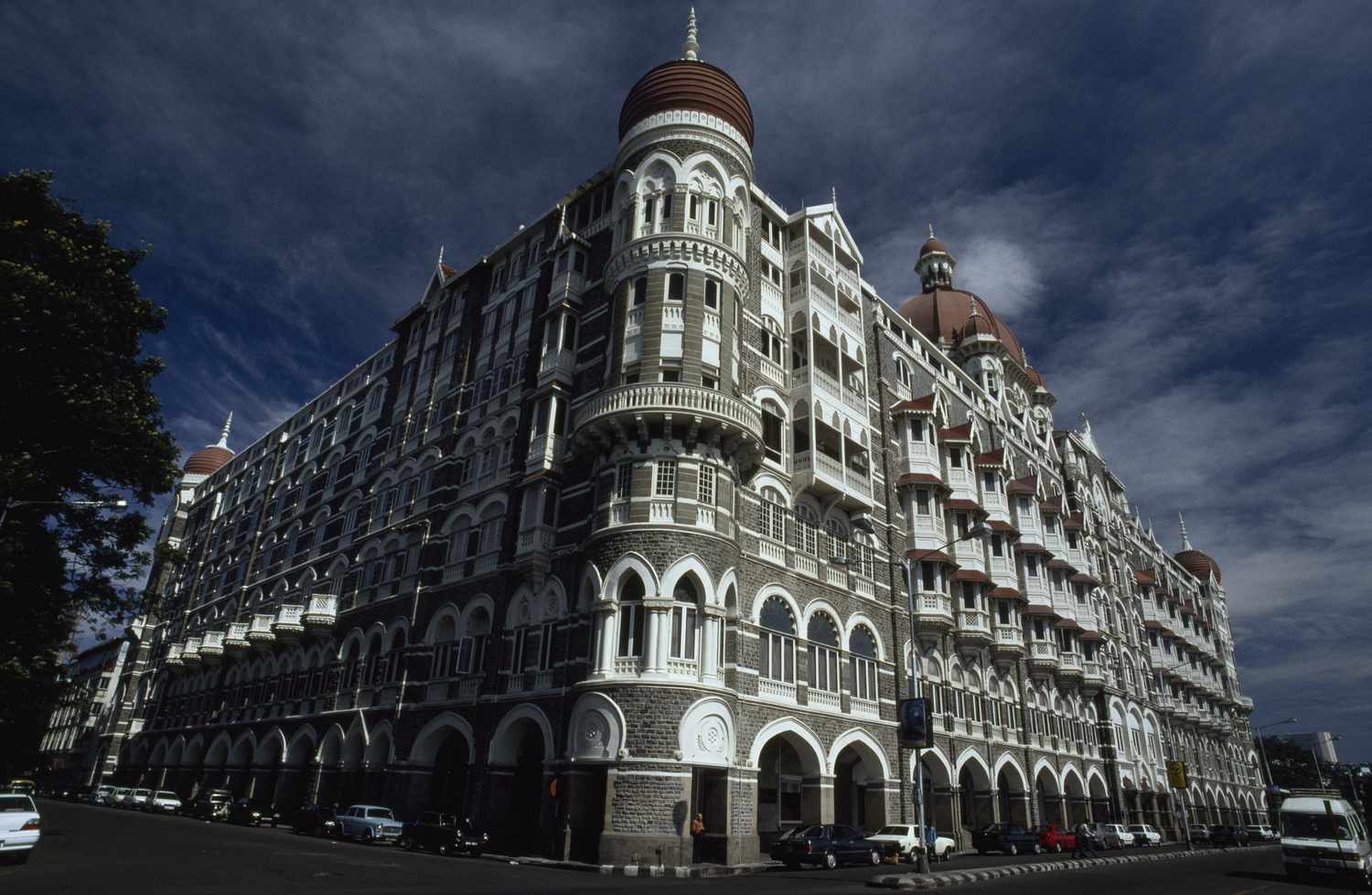Tourism is often viewed as a positive force, bringing people together, fostering cultural exchange, and boosting local economies. However, behind the glittering façade of many popular destinations, there exists a dark and hidden side—human trafficking. With millions of tourists flocking to renowned spots each year, traffickers take advantage of the high volumes of people, using tourism as a cover for exploitative and illegal activities. The connection between tourism and trafficking is not only alarming but also an issue that needs urgent attention.
Popular tourist destinations are often seen as a paradise for travelers, but they are also prime locations for human trafficking. Traffickers exploit the flow of tourists by operating in plain sight, luring vulnerable individuals into forced labor or sex trafficking. High-demand tourist services, such as hospitality, entertainment, and even the sex industry, can be breeding grounds for exploitation. In places with thriving nightlife, such as Bangkok, Manila, or parts of Europe, women and children are often trafficked for sex, forced to work in brothels, or subjected to sexual exploitation in the shadows of bars, clubs, and hotels.
For example, in Southeast Asia, children and young women are often trafficked for commercial sexual exploitation, with their captors hiding behind the anonymity that tourism provides. The tragic reality is that tourists may unknowingly contribute to this illegal industry by participating in activities that fuel human trafficking, such as visiting establishments that use trafficked individuals for labor or entertainment.
While luxurious hotels and resorts are marketed as places of relaxation and comfort, they can also be involved in trafficking operations. Some hotels unknowingly or willingly provide a haven for traffickers, who use them as a temporary holding place for victims before moving them to other locations. Traffickers often use the anonymity of high-end hotels to hide their victims, and guests may unwittingly contribute to the problem by booking rooms in establishments with poor or non-existent monitoring of staff or activities.
In recent years, some hotels have started to take proactive steps, partnering with organizations to train staff on identifying the signs of human trafficking and reporting suspicious activities. However, this is not universal, and many hotels still lack the proper safeguards to prevent exploitation from occurring on their premises.
Human trafficking is not just limited to the sex industry. Tourism also fuels labor trafficking, particularly in destinations where there is a high demand for seasonal or low-wage workers. These workers are often promised lucrative jobs in hotels, resorts, or restaurants, but upon arrival, they find themselves trapped in conditions of debt bondage or forced labor.
In many countries, migrant workers, particularly those from poorer nations, are lured by traffickers who promise them well-paying jobs in the tourism industry. Once they arrive at their destination, they may have their passports confiscated, be forced to work long hours under harsh conditions and be subjected to physical or emotional abuse. The lack of legal protections for these workers and the under-the-table nature of many tourist-related jobs make them vulnerable to trafficking and exploitation.
As the global awareness of human trafficking increases, so does the call for responsibility within the tourism industry. Efforts have been made to combat trafficking by raising awareness among tourists and hospitality workers about the signs of exploitation. Non-governmental organizations (NGOs) and international bodies such as the United Nations are working with governments and the private sector to implement policies to reduce trafficking in tourism. Some organizations, like ECPAT (End Child Prostitution and Trafficking), are actively campaigning to educate tourists and industry professionals about how they can help prevent trafficking.
Several tourism companies are now incorporating anti-trafficking initiatives into their operations, creating better working conditions for employees and providing resources to victims. This includes training hotel staff, taxi drivers, and tour guides to identify and report suspicious behavior. Furthermore, some tourism companies have begun offering human rights-focused tours and promoting responsible travel practices, allowing tourists to become more aware of their visit’s impact on local communities.
While it may seem like an overwhelming issue, there are steps tourists can take to help combat human trafficking during their travels. First and foremost, awareness is key. Tourists should educate themselves on the signs of trafficking, such as people who appear frightened or controlled, inconsistent stories, or individuals who seem out of place in specific environments. Reporting suspicious activities to local authorities or organizations is also crucial.
Tourists can also support businesses and organizations committed to ethical practices, such as those that support fair labor standards and fight trafficking. By choosing responsible travel options, tourists can contribute to the efforts of businesses that prioritize human rights and combat exploitation.
Conclusion
Tourism and trafficking are deeply interconnected, and while many travelers experience their vacations without a second thought about these issues, it’s essential to acknowledge the darker side of popular destinations. The tourism industry can no longer ignore its role in perpetuating human trafficking, and both businesses and travelers must take action to combat it. By being vigilant, supporting ethical companies, and spreading awareness, we can help ensure that tourism remains a force for good, free from exploiting vulnerable individuals.





